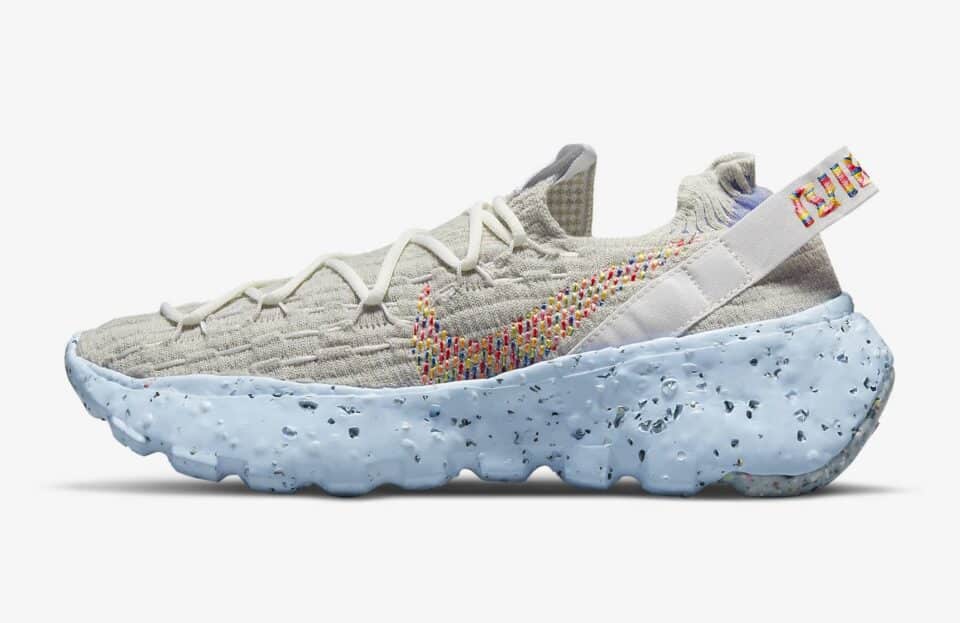Embracing Inclusivity and Responsibility in Fashion Storytelling
The fashion industry, long celebrated for its creativity and influence, is undergoing a transformation. As the world becomes more socially conscious, the call for fashion storytelling that is inclusive, relevant, and responsible grows louder. The industry’s traditional narratives are being challenged to evolve beyond aspirational tales that often promote overconsumption and unrealistic beauty standards.
Stella McCartney’s Paris show in 2020, featuring models in cartoonish animal costumes, exemplifies how fashion can convey positive messages. McCartney’s playful approach highlighted her brand’s commitment to being “planet-friendly,” a pledge against using animal-derived materials. This instance underscores the potential for fashion to spread awareness about significant issues while remaining engaging and humorous.
However, the need for change is pressing. Reports from the fashion industry indicate a shift towards storytelling that showcases social responsibility and fosters deeper connections with consumers. People are seeking authenticity and relatability from the brands they support, aligning their purchases with their personal values and beliefs. This trend is particularly strong among Gen-Z consumers, who prioritize individuality and diversity.
Global organizations like the UN have recognized fashion’s vast influence and are urging the industry to leverage its cultural reach to promote sustainability and equity. The British Fashion Council’s report on diversity and inclusion, along with the UN’s Fashion Communication Playbook, both highlight fashion’s power to guide social trends and advocate for a narrative change.
An example of this shift is Nike’s Move to Zero campaign, which encourages sustainable practices through maintenance, repair, and recycling of sports gear. By integrating sustainability into everyday life, Nike challenges the throwaway culture prevalent in fashion, making responsible consumption aspirational.
Despite these efforts, the industry still grapples with outdated concepts that shape perceptions of age, gender, race, and sex. To truly effect change, a deeper understanding of how these narratives developed is necessary. Brands like Swedish label Avavav are taking bold steps by using their platforms to critique these norms. Avavav’s Milan show, ending with models being pelted with litter, sparked conversations about online hate and the impact of social media on society.
As we witness these emerging narratives, it’s clear that innovative storytelling in fashion has the power to influence mindsets and behaviors. The industry’s journey towards inclusivity and responsibility is just beginning, but with each creative step forward, a more equitable and sustainable future for fashion seems possible.






